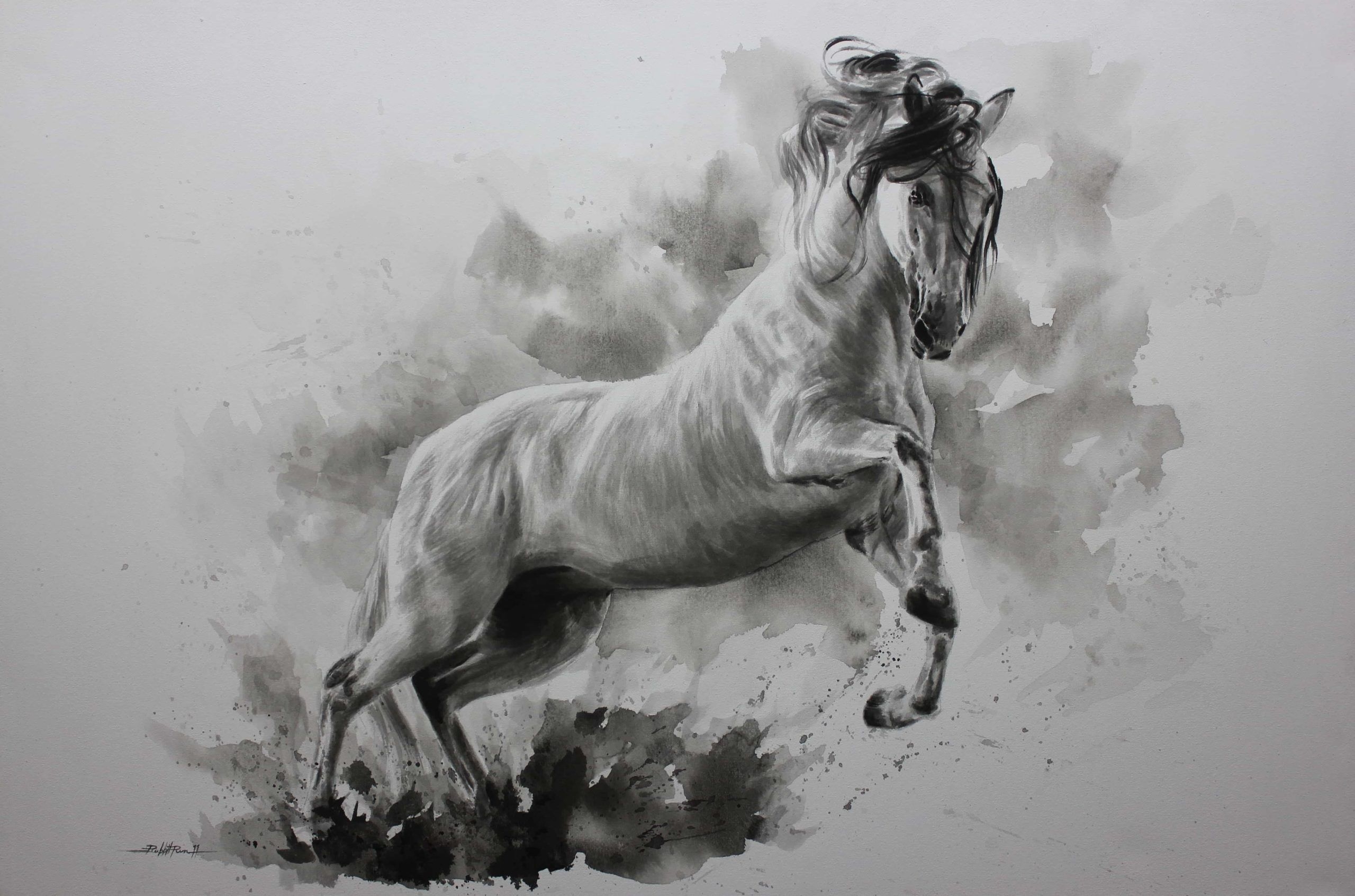Shading is a crucial element in drawing that adds depth, dimension, and realism to an artwork. It involves using different tones and values to create the illusion of light and shadow. Mastering the art of shading can take your drawings to the next level and bring them to life.
Whether you are working with pencil, charcoal, or any other medium, understanding how to effectively shade can greatly enhance the visual impact of your artwork. By manipulating light and shadow, you can create a sense of form, texture, and volume, making your drawings more dynamic and captivating.
Shading of Drawing
One of the key techniques in shading is understanding the concept of light source. By identifying where the light is coming from, you can determine where the shadows should fall and how to create a realistic sense of depth in your drawings. Shadows are darker where they are closer to the object casting them and lighter as they move away.
Another important aspect of shading is mastering the use of different shading techniques. Cross-hatching, stippling, blending, and layering are just a few of the techniques that artists use to create a range of tones and values in their drawings. Experimenting with these techniques can help you achieve different effects and styles in your artwork.
When shading, it is essential to pay attention to the details. By observing the subtle variations in light and shadow, you can create a sense of realism and depth in your drawings. Adding highlights and reflections can also enhance the overall look of your artwork and make it more visually appealing.
Practice is key when it comes to mastering shading in drawing. By regularly practicing different shading techniques and studying how light interacts with objects, you can improve your skills and develop your own unique style. Don’t be afraid to experiment and push the boundaries of your creativity when it comes to shading.
In conclusion, shading is a fundamental aspect of drawing that can greatly impact the overall quality of your artwork. By understanding the principles of light and shadow, mastering different shading techniques, and paying attention to detail, you can create drawings that are realistic, dynamic, and visually engaging. So, next time you pick up your pencil or charcoal, remember the importance of shading and how it can elevate your drawings to new heights.
